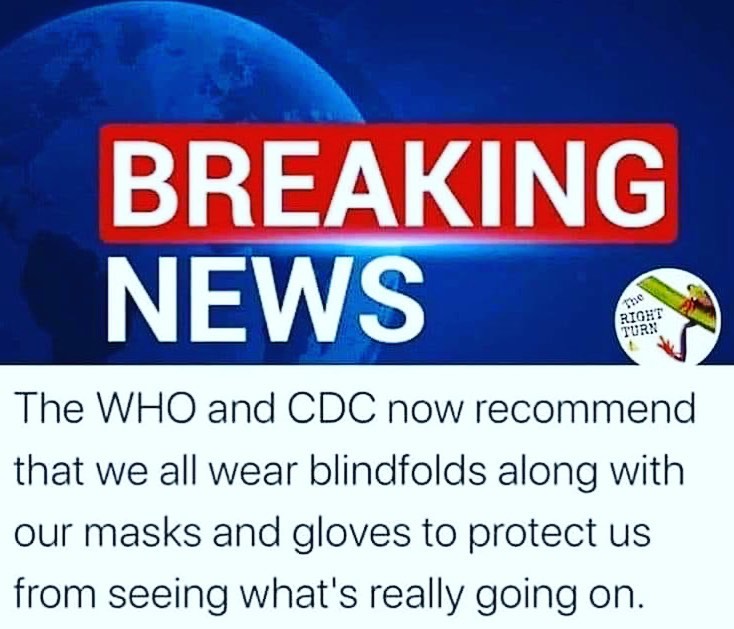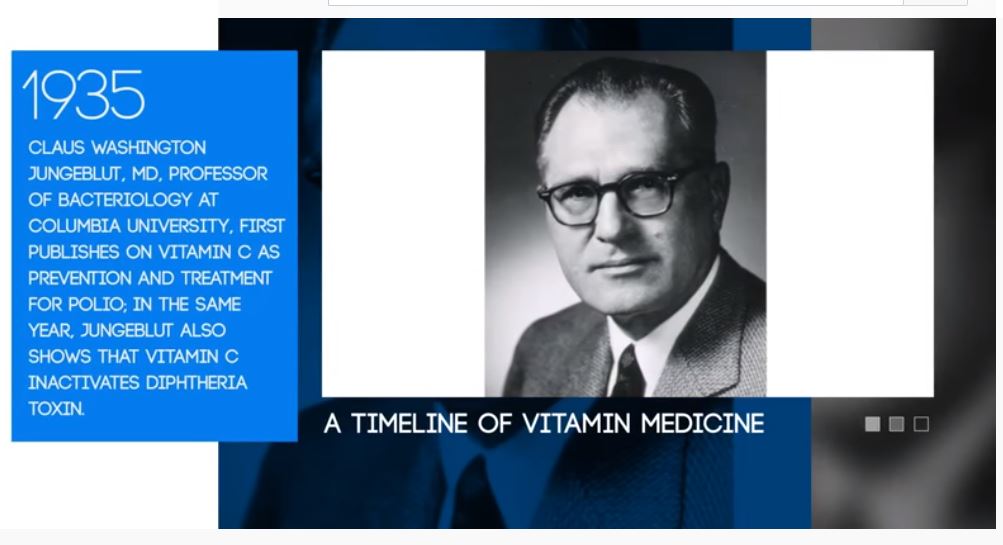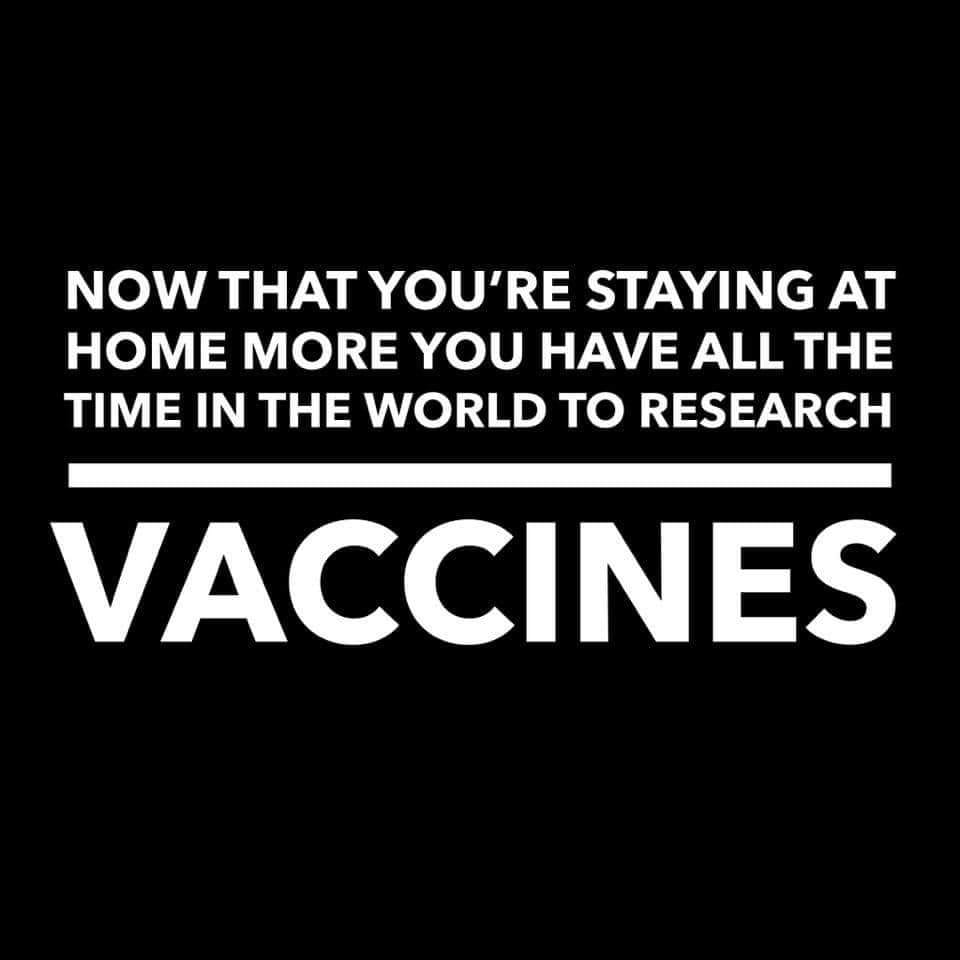
CDC and WHO Recommend We Wear Blindfolds


Tom's Blog on Life and Livingness

You don’t have to go looking for love when it’s where you come from. – Paulo Coelho
Isn’t that just beautiful?
One of my principle concerns with the current scene is the rapidly escalating speed with which human rights are being trampled.
The UK just passed a 350+ page bill that gives the government unfettered, tyrannical powers.
The USA and Australia are undertaking similarly ill advised actions.
This trend needs to be reversed. The entrance point is educating people that they do have rights.
Watch the video and if you think so too, please share it!
Applied Scholastics have released an online course to help parents teach their kids while at home: How Every Parent Can Be an Effective Educator: A survival guide to take the stress and worry out of teaching your children from home https://appliedstudyskills.org


Andrew Saul goes back over 80 years, looking at the amazing documented history of vitamins curing disease.
WHY I RECOMMEND YOU FOCUS ON DISEASES, DOCTORS AND DOSES. For years, and I mean decades now, I have been faced off by people who truly believe that vitamin therapy is useless at best and dangerous at worst. They try to argue with me, but I will not play. I simply reply along these lines: “Board-certified specialists Frederick R. Klenner, MD; Robert F. Cathcart, MD; Abram Hoffer, MD, PhD; Hugh D. Riordan, MD; and professors of medicine Emanuel Cheraskin, MD, DMD; and Atsuo Yanagisawa, MD, PhD all successfully used high dose vitamin C therapy. What is it about doctors curing patients with nutrition that upsets you so?”


Here are 200 peer reviewed articles on why you should NOT vaccinate:
And if you are still hungry for information after that, here is Tom’s vaccination blog Post:
And Key Vaccine Data in a Medical Waiver Format
It is not merely that Johnny can’t read, or even that Johnny can’t think. Johnny doesn’t know what thinking is, because thinking is so often confused with feeling. – Thomas Sowell, on American educational standards